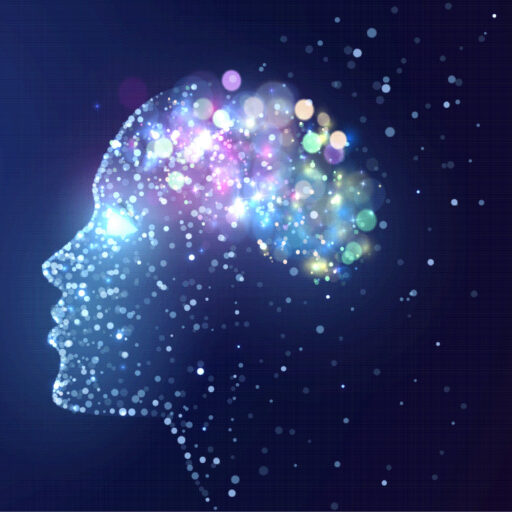Summary
Kuhn’s paper aims to categorise the diverse theories of consciousness along a spectrum from materialist to idealist.
The following is an outline of his taxonomy.
Materialist Theories: These are the most dominant, and are based on the assumption that reality is ultimately physical, and that consciousness is a late emergence from the material world.
Subcategories include:
Philosophical Theories: For example, eliminative materialism, as promoted by Paul Churchland and Patricia Churchland argues that consciousness is an illusion created by the brain.
Neurobiological Theories: These focus on specific brain mechanisms like Global Workspace Theory, originated by Bernard Baars.
Computational, Embodied, and Evolutionary Theories: Explore a wide range of explanations for consciousness.
Non-Reductive Physicalism: Recognizes physical roots of consciousness but acknowledges irreducible complexities.
Quantum Theories: Suggest that consciousness may emerge from or interact with quantum processes.
Panpsychism: The idea that consciousness is a fundamental property present even in non-living matter.
Monism: Claims only one fundamental substance or principle underlies reality, either physical or mental.
Dualism: Argues for two fundamental substances, physical and mental, that are distinct and irreducible.
Idealism: Maintains that consciousness is the primary and foundational reality.
Integrated Information Theory (IIT): Proposed initially by Giulio Tononi in 2004 that consciousness arises from integrated information, quantifiable through mathematical models.
Anomalous and Altered States Theories: Include theories based on near-death experiences, dreams, and other altered states.
Challenge Theories: Theories sceptical of traditional categorizations, emphasizing unique or unexplored perspectives.
Kuhn identifies key issues in Consciousness Studies, including:
The “Hard Problem” as first recognised and named by David Chalmers in 1995. This highlights the problem in providing physical explanations for subjective experiences (qualia).
Mind-Body Problem: There is still no resolution to the question of the relationship between the physical brain and mental states of mind.
Epistemological vs. Ontological Perspectives: There is a need to differentiate between what ultimate reality really is (ontology), and both what we can know exists and how we can come to know it (epistemology).
Correlation vs. Causation: When a relationship is observed between two variables, there is a need to determine whether they are correlated, or whether one variable caused the change in the other.
